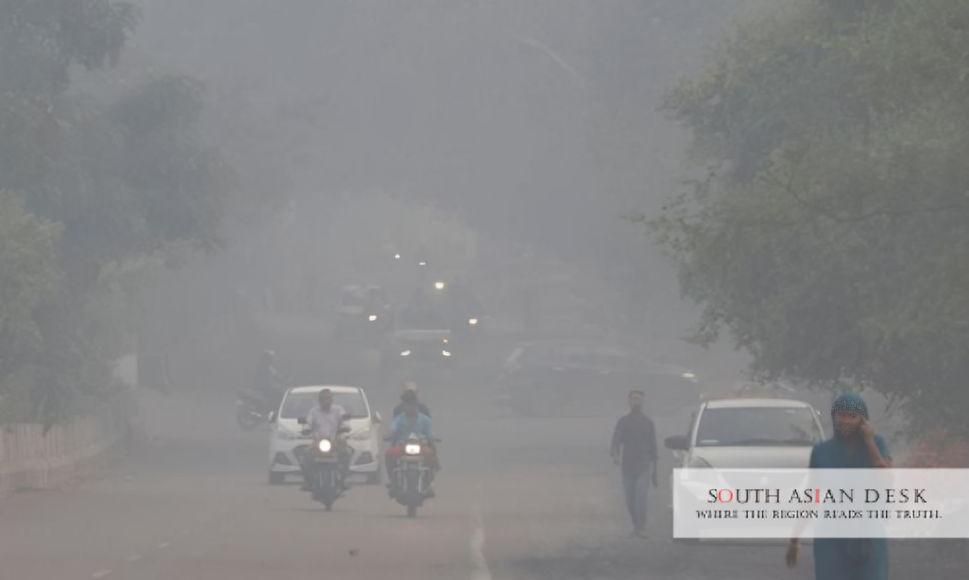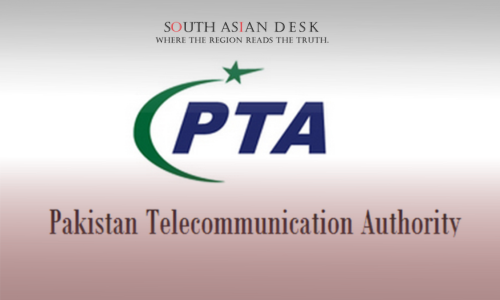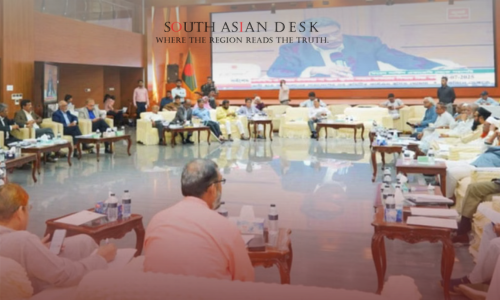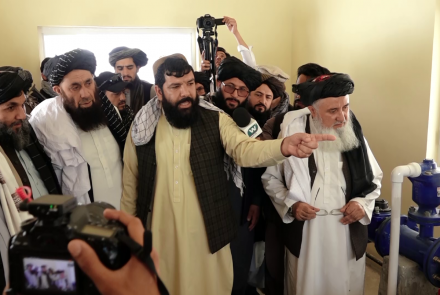Delhi air quality worsens after Diwali as fireworks push the Air Quality Index to hazardous levels. On Tuesday, October 21, 2025, readings hit 442 in New Delhi, affecting 20 million people. Authorities cite violations of firecracker bans despite Supreme Court relaxations. Health risks rise from high PM2.5 concentrations.
This story matters across South Asia because Diwali pollution impact Delhi extends beyond borders. Smog from fireworks and stubble burning affects neighbouring regions like Punjab in Pakistan, worsening regional air quality and prompting cross-border concerns.
Delhi AQI Post Diwali Fireworks Reaches Hazardous Levels
Delhi air quality worsens after Diwali with the city’s Air Quality Index soaring to 442 according to IQAir data. This places New Delhi as the world’s most polluted major city on Tuesday morning. The Central Pollution Control Board reported an AQI of 350, categorised as very poor. Separate monitoring showed levels reaching 400 in parts of Delhi-NCR, confirming the severe deterioration. PM2.5 concentrations exceeded 59 times the World Health Organization’s recommended annual guideline. Such fine particulate matter penetrates lungs and causes cardiac issues. Many of Delhi’s residents already battle respiratory illnesses due to trapped pollutants.
Fireworks during the Hindu festival of lights on Monday, October 20, 2025, drove this spike. India’s Supreme Court relaxed a ban last week, permitting green crackers for up to three hours. Green crackers emit 30% to 50% less pollution than traditional ones. However witnesses reported bursts outside allowed times, violating regulations.
Diwali pollution impact Delhi intensifies annual winter smog. Cold air traps emissions from vehicles, construction dust and farm fires in surrounding states. This combination creates a toxic blanket over the capital each year.
Monitoring Stations Report Widespread Pollution
Delhi AQI post Diwali fireworks showed 36 out of 38 stations in the red zone by evening. Four stations recorded severe levels above 400. Overall AQI stood at 344 classified as very poor by 10 PM on Monday. Some areas hit 451 marking severe conditions. On Diwali afternoon pollution levels at 31 out of 38 stations turned poor. By Tuesday morning the capital woke to a heavy grey haze with visibility reduced. AQI readings varied but consistently indicated hazardous air.
The Commission for Air Quality Management enforced stage 2 of the Graded Response Action Plan. This includes curbs on construction and restrictions on certain vehicles. Authorities have closed schools and halted building work in past winters to combat similar crises.
Health and Regional Implications
Diwali pollution impact Delhi poses immediate health threats. Exposure to high PM2.5 levels risks deadly diseases. Hospitals often see surges in asthma and bronchitis cases post-festival. Residents use masks and air purifiers but vulnerable groups like children and elderly suffer most. The issue transcends India. Smog drifts to Pakistan’s Punjab province. Sajid Bashir spokesperson for Punjab’s Environment Protection Agency said: “Right now the major issue is the air coming from Indian Punjab and other parts which is affecting the air quality in various parts of Pakistani Punjab.” Lahore recorded AQI of 234 second highest globally.
Pakistan implemented an emergency plan targeting farm fires and smoky vehicles. Anti-smog guns spray water to settle dust. Such measures highlight shared challenges in South Asia where pollution ignores borders. Delhi air quality worsens after Diwali amid ongoing debates on firecracker bans. Environmental groups push for stricter enforcement while festival traditions clash with public health needs.
Background
Delhi’s air pollution crisis recurs annually. In 2023 the city saw fewer severe days compared to prior years per government data. AQI categories improved with more satisfactory and moderate days. Yet post-Diwali spikes remain consistent. Stubble burning in Punjab and Haryana contributes significantly. Farmers burn crop residue to clear fields quickly. Combined with Diwali fireworks this amplifies pollution. Vehicle emissions add to the mix in a city with millions of cars.
Government initiatives include the National Clean Air Programme launched in 2019. It aims to reduce PM2.5 by 20% to 30% by 2024 but targets slipped. Supreme Court rulings on firecrackers evolved. A full ban in 2018 gave way to timed allowances for green variants. Compliance remains low with illegal sales persisting. Diwali pollution impact Delhi also ties to climate factors. October marks the start of cooler weather trapping pollutants. Wind patterns carry smoke from northwest India into the capital.
What’s Next
The earth sciences ministry forecasts air quality remaining in very poor to poor categories. AQI between 201 and 400 expected in coming days with no quick relief.
Delhi considers artificial rain to disperse pollutants. Cloud seeding could provide temporary respite but requires suitable weather. Past attempts showed mixed results. Stage 3 or 4 of GRAP may activate if levels worsen. This could ban diesel vehicles and close industries. Schools might shift online again. Environmental experts call for year-round action. Phasing out coal power and promoting electric vehicles top agendas. Cross-state coordination on stubble burning is key.
Public awareness campaigns urge eco-friendly celebrations. LED lights replace fireworks in some communities. Delhi AQI post Diwali fireworks underscores enforcement needs. Without stricter measures the cycle continues. As Delhi air quality worsens after Diwali residents brace for prolonged exposure. Urgent steps could mitigate the annual haze threatening lives across the region.
Published in SouthAsianDesk, October 21st, 2025
Follow SouthAsianDesk on X, Instagram, and Facebook for insights on business and current affairs from across South Asia.






